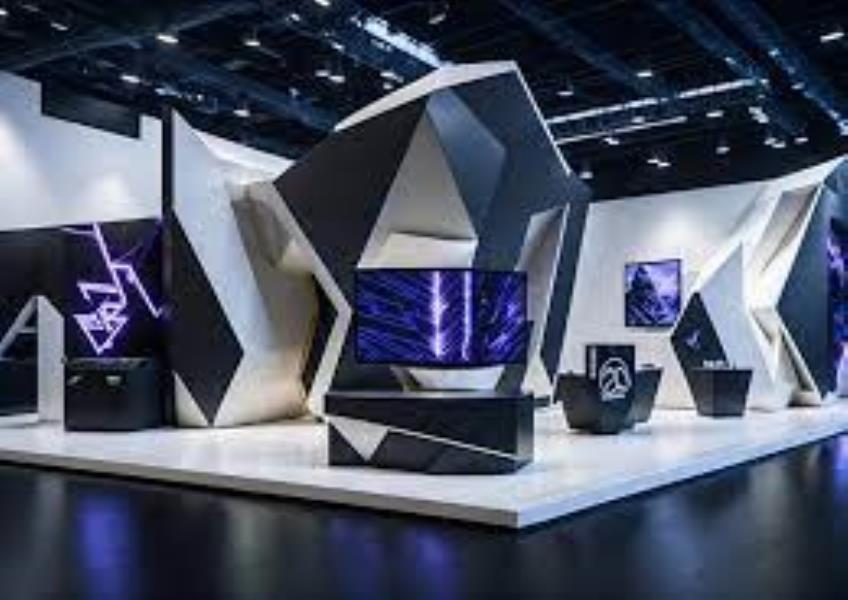Get the latest updates From BL Soni College Bhilwara

. How can graphic design be used to create visually appealing trade show displays?
Graphic design plays a pivotal role in creating visually appealing trade show displays that attract attention, convey your message effectively, and leave a lasting impression on attendees. Here are some key strategies for using graphic design to create compelling trade show displays: Define Your Objectives: Begin by defining clear objectives for your trade show display. What are you trying to achieve? Whether it's generating leads, showcasing new products, or strengthening brand awareness, your design should align with these goals. Create a Strong Brand Presence: Ensure that your trade show display reflects your brand identity. Use consistent colors, fonts, and imagery that align with your brand guidelines. This helps with brand recognition. Eye-catching Graphics: Incorporate eye-catching visuals, such as large and high-resolution images, illustrations, or graphics that relate to your products or services. These visuals should draw attendees' attention from a distance. Clear Messaging: Use concise and compelling messaging that communicates your key points effectively. Use headlines, subheadings, and bullet points to make information digestible. Hierarchy of Information: Organize information hierarchically. Important messages or calls to action should be prominent, while secondary information can be smaller and less emphasized. Interactive Elements: Consider incorporating interactive elements like touchscreens, product demonstrations, or virtual reality experiences into your display. These can engage attendees and provide a memorable experience. Modular Design: If possible, design your display in a modular way, allowing you to adapt it to different booth sizes and layouts. Modular designs are also more cost-effective for future trade shows. Lighting: Utilize lighting to highlight specific areas of your display or to create a particular ambiance. Well-placed lighting can make your display more visually appealing. Typography: Choose legible fonts and font sizes for your text. Typography should be consistent with your brand and easy to read from a distance. Whitespace: Use whitespace effectively to prevent overcrowding. It gives your display a clean and organized look. High-quality Materials: Use high-quality materials for your trade show booth, such as durable banners, backdrops, and signage. Quality materials reflect professionalism. Technology Integration: Integrate technology where appropriate, such as flat-screen displays, tablets, or interactive kiosks. Ensure these tech elements are seamlessly integrated into your overall design. Test and Mockup: Before the trade show, create mockups or prototypes of your display to ensure everything fits and looks as expected. Testing can help you identify any issues in advance. Attendee Engagement: Design your booth layout to encourage attendee engagement. Consider the flow of traffic and create areas for conversations, product demos, and lead generation. Branded Giveaways: If you plan to distribute promotional items or giveaways, ensure they are branded and align with your overall design theme. Follow Show Guidelines: Be aware of and adhere to any guidelines or regulations set by the trade show organizers regarding booth dimensions, height restrictions, and other design considerations. Measurement and Feedback: After the trade show, measure the effectiveness of your display in achieving your objectives. Collect feedback from your team and attendees to make improvements for future events. Creating visually appealing trade show displays requires careful planning and a strategic approach to design. By considering your objectives, brand identity, and the needs of your target audience, you can design displays that not only look appealing but also effectively serve your marketing and engagement goals at trade shows.


